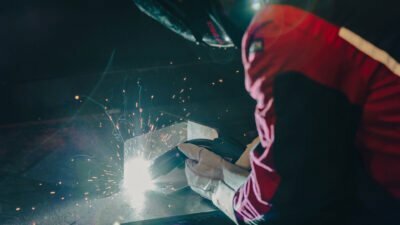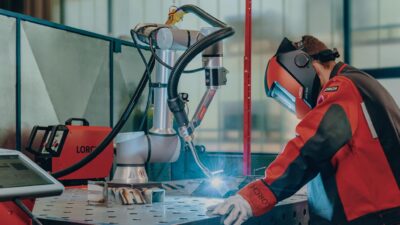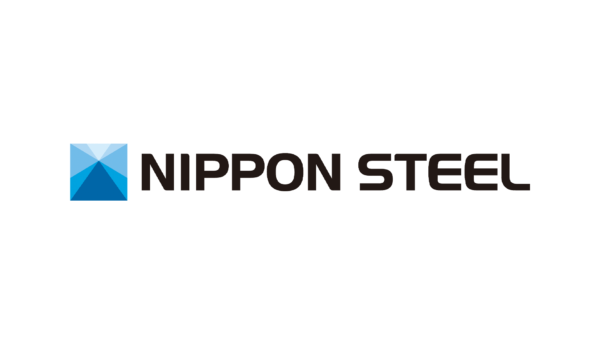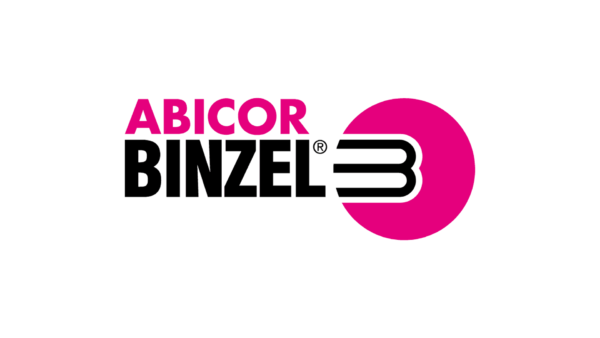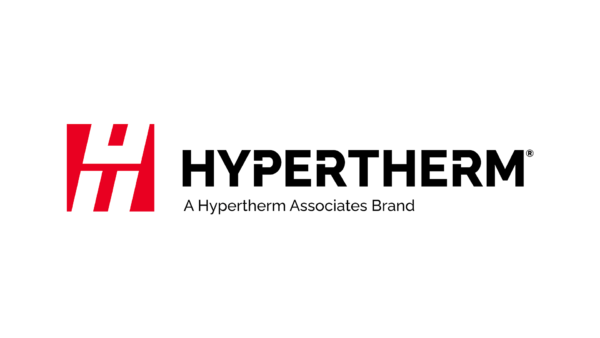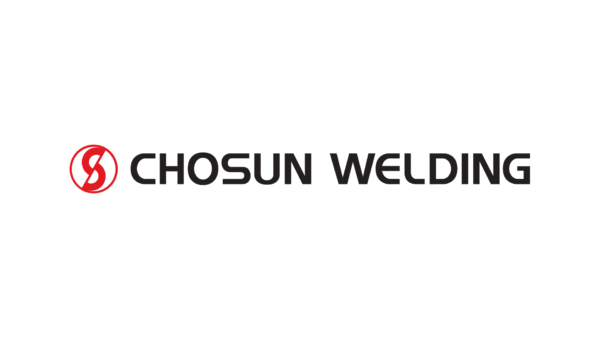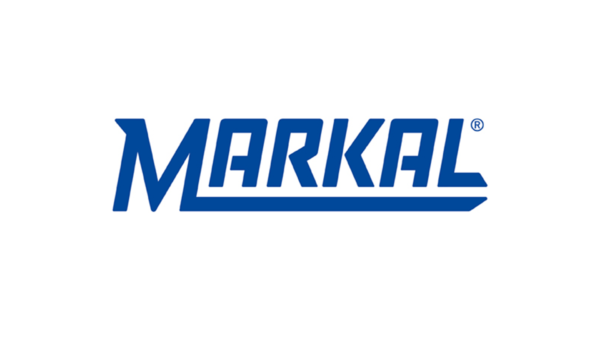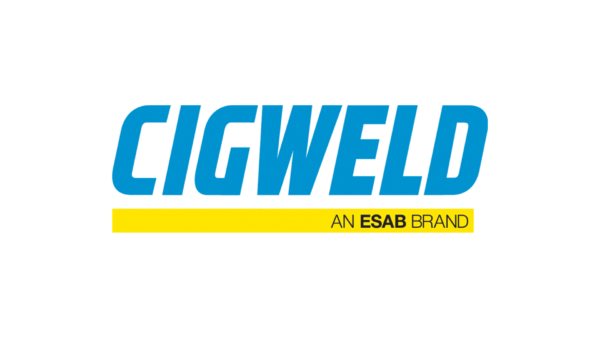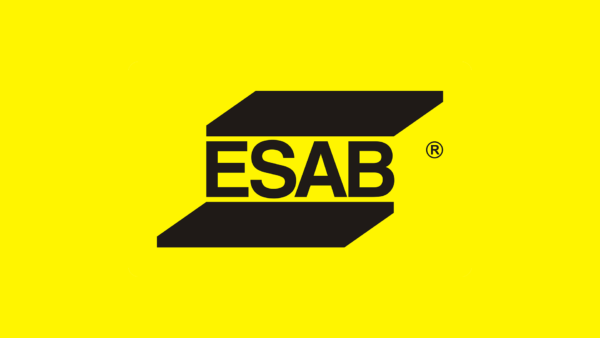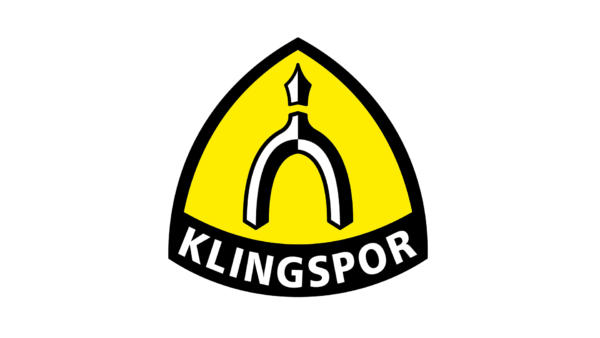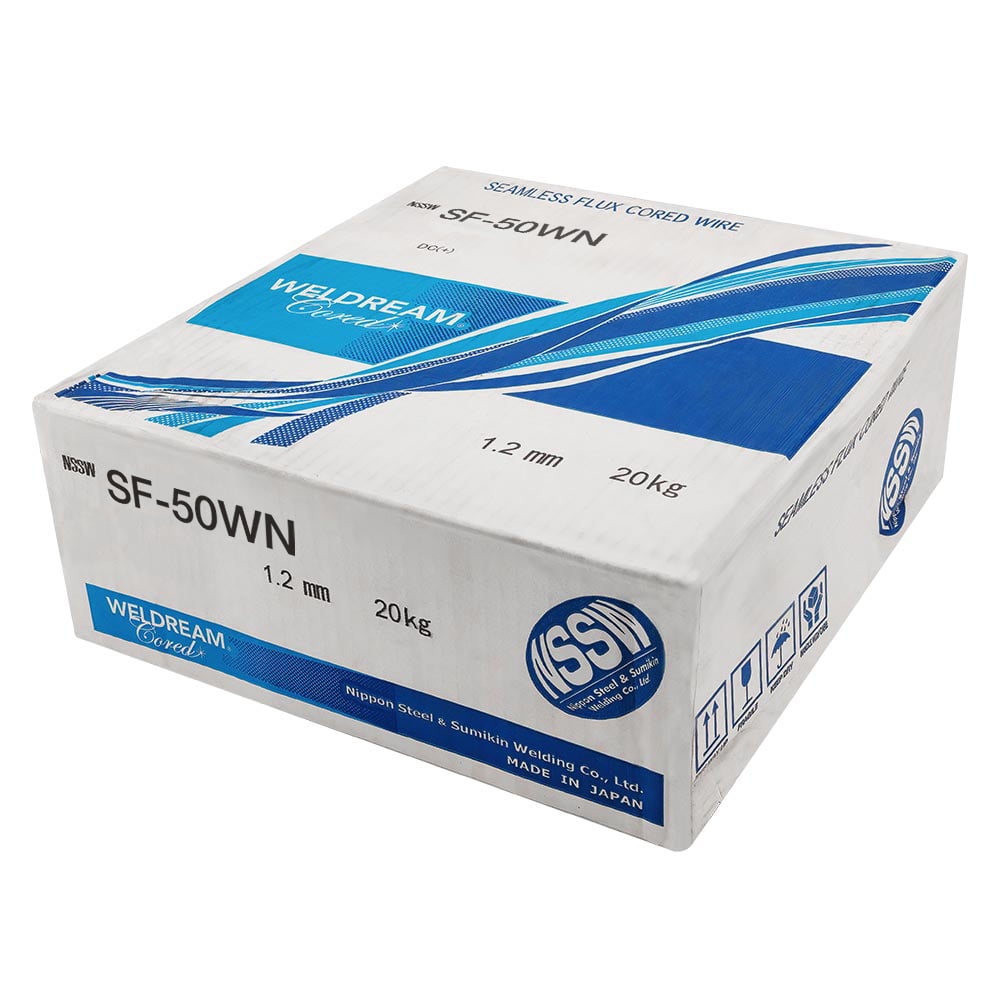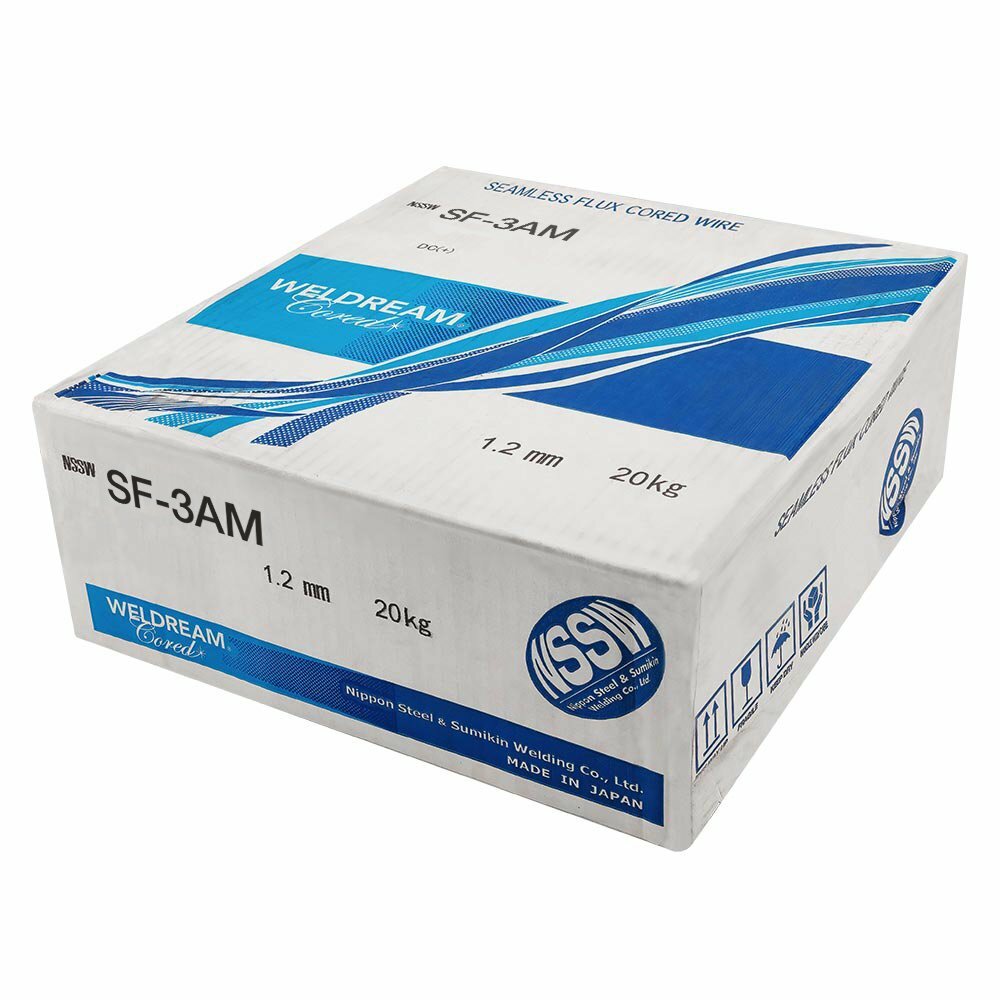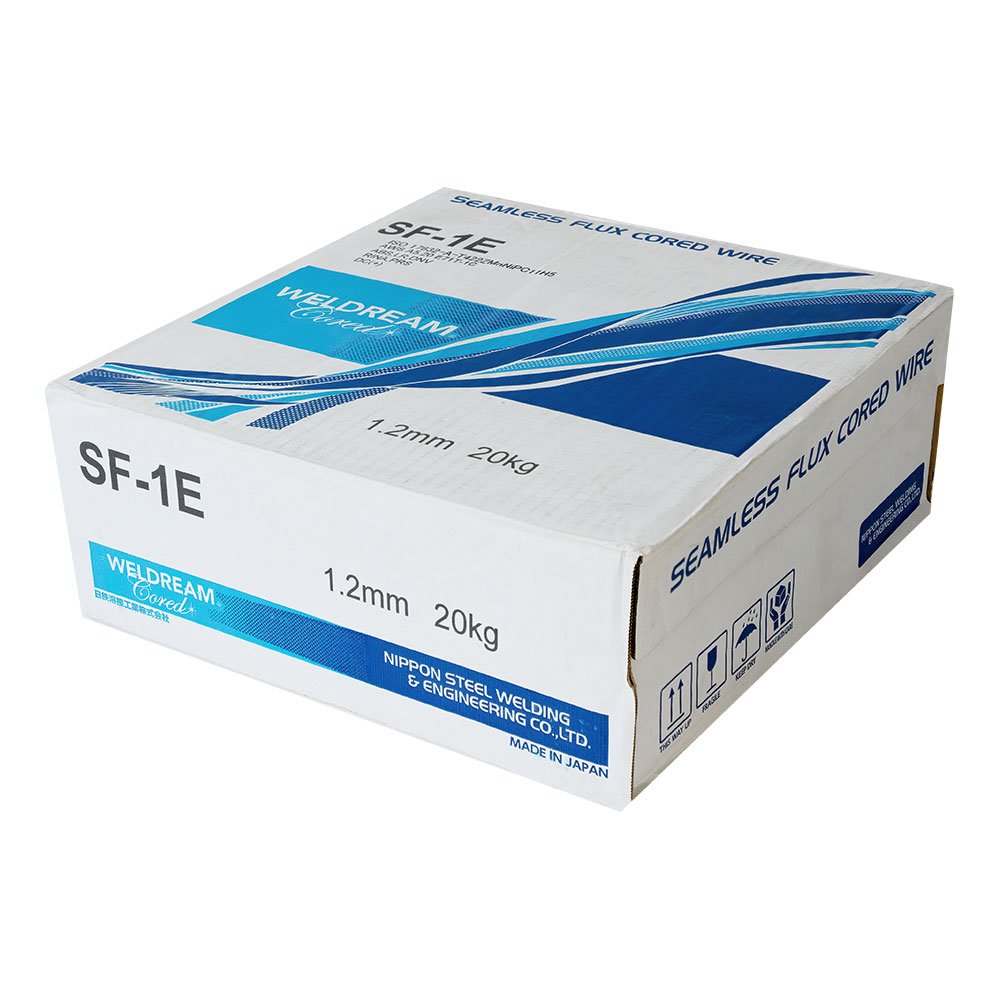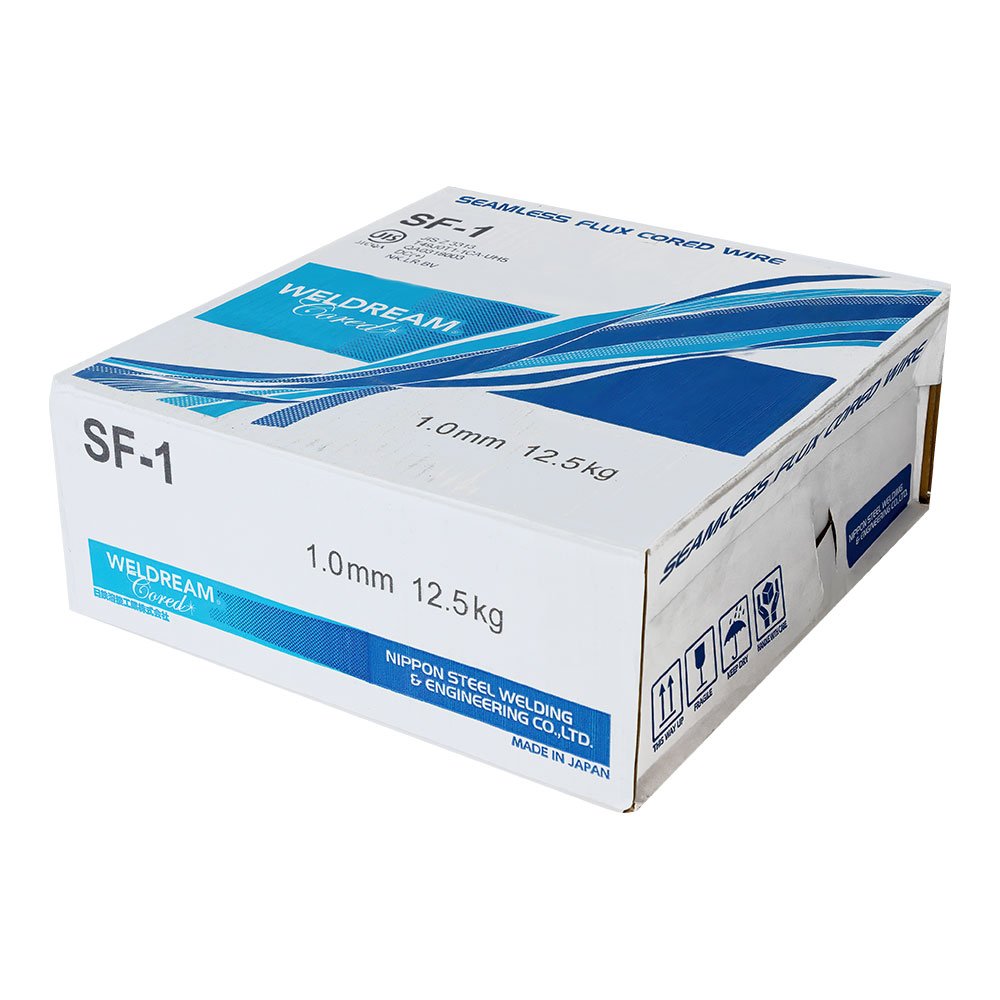Welding is a tough job. To do it well, to a consistent quality to meet all required characteristics and regulatory standards, is half the story. To do it cost effectively is the other half.
From start to finish, flux cored wires can save you money.
The right flux cored wire can make the welding easier for the welder and it can enable more wire to be laid down faster, with less defects and rework needed.
The ability to add materials to the flux core of the welding wire allows many performance enhancements to be made. For example, powdered alloys are added to produce low-alloy deposits or to improve certain mechanical properties such as higher weld metal strength.
Often slag formers are added to shield the weld pool and shape and support the weld, which can enable the flux cored wire to be used in all positions. No need to move the workpiece or change to a different wire for the vertical pieces. It is also one of the ways in which a flux cored wire is made easier for a welder to run.
Iron powder is used to increase deposition rates, hence the deposition rates of metal cored wires similar to those of solid MIG wires. With very little of the filler metal being lost, there is also minimal spatter and welding fume. Metal cored welding wires are a class of flux cored wires worth considering if most of your work is downhand.
Scavengers and fluxing agents are used to refine the weld metal, remove hydrogen, etc. Seamless flux cored wires # go one better by having an extremely low hydrogen content from manufacture and protecting the flux to the extent that they are impervious to moisture pick up. This significantly reduces weld defects such as porosity, cold crack, etc, as well as enabling efficient welding in cold, damp, or humid environments and extending the useful life of the wire in storage.
The scavengers can also enable flux cored wires to be more tolerant of contamination on the base steel, e.g. mill scale, rust. Pre-cleaning of the steel is best practice but sometimes not possible.
Flux cored wires can often be run at higher amperages. This can reduce the number of weld runs needed to fill the joint and also reduce the risk of heat distortion which can be caused by repeated lower current weld passes. Higher amperages can enable use of a larger diameter wire, e.g. change from 1.2mm to 1.4mm; big time savings and often easier to ensure good sidewall fusion
Myth Busted #1
Some companies dismiss welding at higher amperages as too difficult for the welders. Using a water cooled MIG gun is important, and it may take a bit of adjusting to the speed, but we have customers regularly using 1.4mm and even 1.6mm flux cored wires for structural steel welding. Flux cored wires are relatively forgiving, in that excellent results can be achieved by welders who are not as skilled or experienced as some, so easier to weld than solid MIG wires.
Reducing rework or repairs by making it easier for the welder to run the wire, minimising the risk of weld defects, or simply by improved performance of the filler metal is a big part of saving costs. Typically, work to remove and re-do is 2-3 times the cost of the original weld, more if detected at a late stage of production.
What’s the catch?
Flux cored wires produce slag, which is removed by chipping and/or wire brushing between weld passes or after the final pass is completed. As would be expected, better quality flux cored wires produce less slag and it is also easier to remove. Often, slag also means more spatter and welding fume but a very good quality wire run on the correct synergic welding programme should produce very little or no spatter. Given that there is NO safe level of welding fume and all staff need to be protected from it, the fume level is a bit redundant, but still worth considering.
Flux cored wires have lower deposition efficiency than solid wires or metal cored wires because less of the filler material is retained in the weld metal. With a good wire, the gains/benefits will still outweigh the cost of the lower deposition efficiency.
Myth Busted #2
Although flux cored wires are more expensive per kg than solid wires in terms of upfront cost—and premium flux cored and metal cored wires even more so—the purchase price may be the least important factor to consider. Wire cost typically represents only 3-4% of the total job cost. In contrast, labor accounts for 80% of your costs. This highlights the financial impact of choosing to use a flux cored welding wire over solid wire.
An under-appreciated reality
The TRUE cost is seen when you calculate the savings in productivity of the total job. Saving 10% on wire price is not meaningful when compared to saving 10-30% of your biggest cost: Labour.
Browse Flux Cored Welding Products:
FREE Assessment
This article is designed to provide a broad overview of how flux cored wire can improve your welding cost efficiency. Maximising your gains depends on choosing the right wire variant and paired with the best-suited welding machine, running the correct synergic welding programme. These factors will vary depending on your situation.
We’re here to help – contact us today to arrange a free consultation and assessment for optimising wire selection in your unique operational environment. We can talk you through your options and propose an action plan tailored to your business. Welding Engineers can provide you with a no-obligation quote for flux cored welding wire, as well as an an analysis on your total job cost savings potential. Additionally, we can provide pre-sale on-site demonstrations, and comprehensive after-sales training and support for your users.
Use the form below or give us a call on 09 634 1949 for advice.


